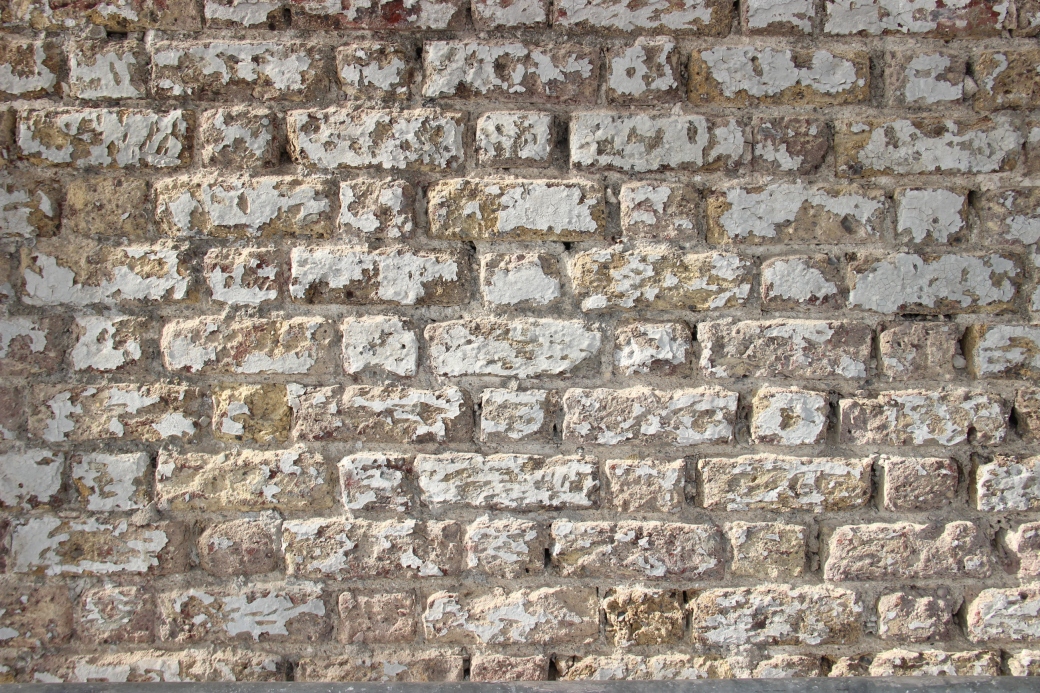It is with deep regret that we learnt in the Trust last week of the passing of Rolf Loeber, one of the foremost authorities on the 17th-century architecture of Ireland.

Rolf was an atypical and unassuming acolyte of post-medieval bricks and mortar in the far flung corners of Ireland. Based in the University of Pittsburgh in the United States, he was a leading expert in the field of child psychology and problem behaviours in young people through logitudinal studies and extensive research. His interest in the pre-Georgian buildings of Ireland was stimulated by Maurice Craig’s historical tome on Dublin, which he read in Amsterdam in the 1960s. He was hooked ever since.
Rolf was a recent but much-valued friend of Dublin Civic Trust, where he was emboldened by our ongoing research into the gabled building tradition in Dublin and the identification of what still survives of the ‘Dutch Billy’ house typology and other early buildings. He was always entertained and heartened by our practical approach to identifying buildings, from climbing over back walls to using developments in online satelite tools to pinpoint early roof structures.
He is sadly missed and fondly remembered by all in the Trust who engaged with him: Geraldine Walsh, Graham Hickey, Peter Walsh and Peter Keenahan.
Rolf, who was 75, is survived by his wife of 50 years, Magda.
We post this stimulating video of Rolf from our ‘Dutch Billys’ conference, hosted in the former House of Lords, Bank of Ireland, College Green in October 2011. Fittingly, he is introduced by his long-time friend, Dr Eddie McParland of Trinity College Dublin.
Rest in peace Rolf.

















































